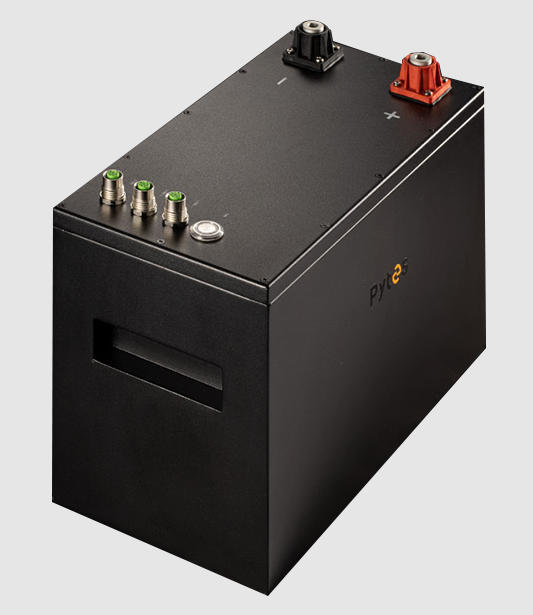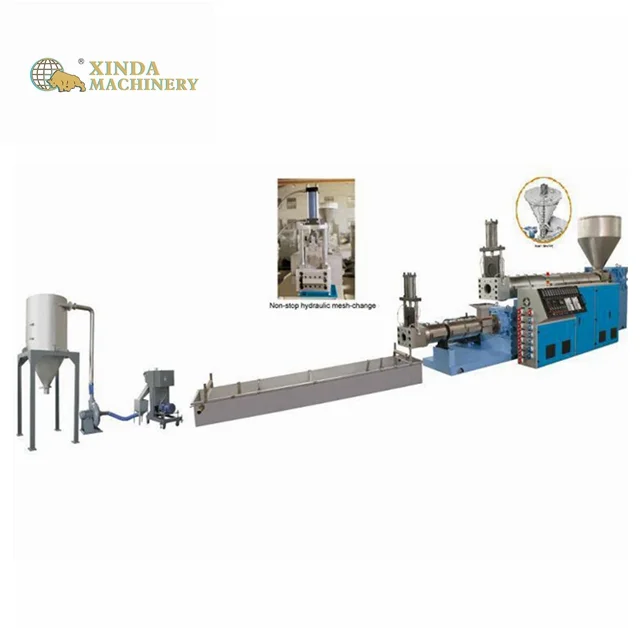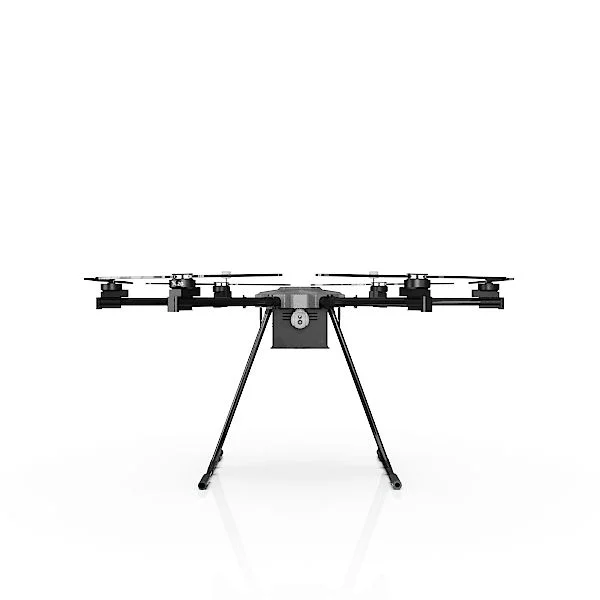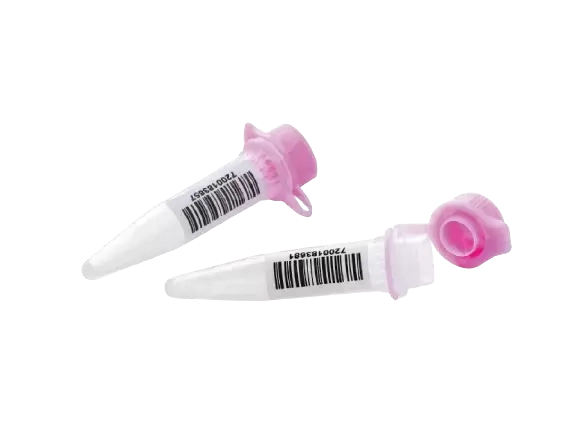What Makes a Mineral Metallic: Understanding the Properties and Applications of Metallic Minerals
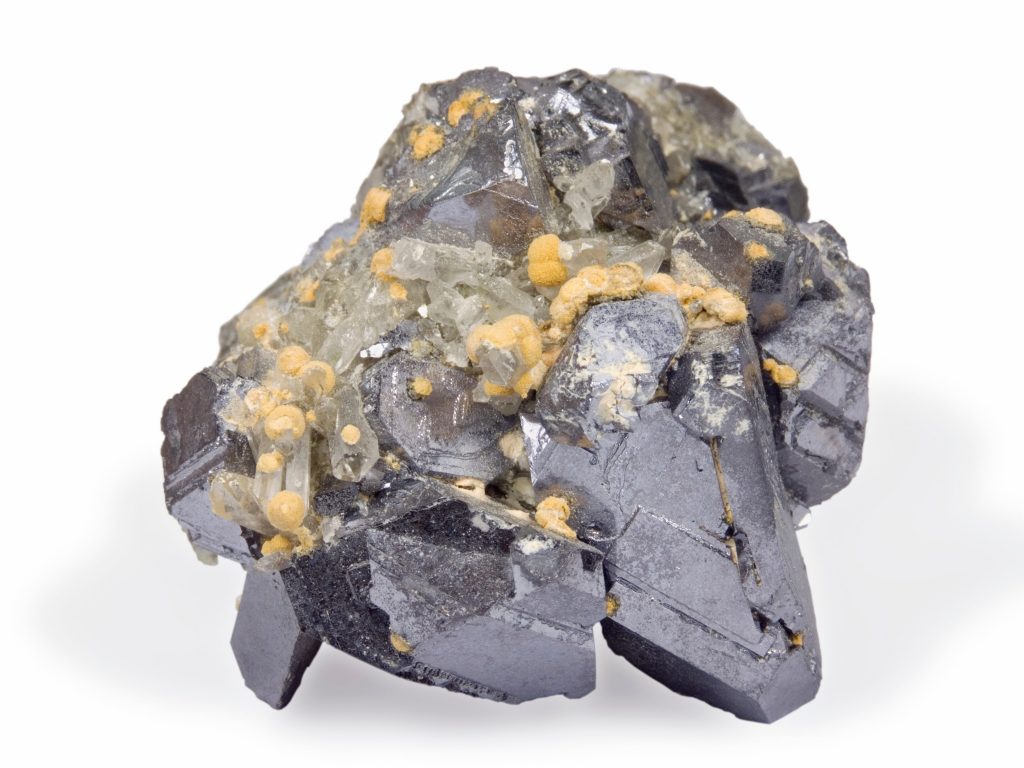
Metallic minerals are an essential component of modern industry, used in everything from construction materials to electronics. But what exactly makes a mineral metallic, and how do these properties contribute to their usefulness? In this article, we'll explore the key characteristics of metallic minerals, their applications, and the latest research on their properties.
First, let's define what we mean by a metallic mineral. Essentially, a metallic mineral is one that has a high degree of metallic luster, meaning it reflects light in a way that is similar to metals like gold or silver. This luster is caused by the way that electrons move within the mineral's crystal structure, creating a surface that is highly reflective.
But metallic luster is just one of the properties that make these minerals unique. They also tend to be good conductors of heat and electricity, meaning they can transfer energy quickly and efficiently. This property is particularly important in electronics, where metallic minerals like copper and silver are used to create wires and circuit boards.
Another key characteristic of metallic minerals is their malleability and ductility. This means that they can be easily shaped and stretched without breaking, making them ideal for use in construction materials like steel and aluminum. These minerals are also highly resistant to corrosion and oxidation, which makes them ideal for use in outdoor applications like bridges and buildings.
So what are some of the most common metallic minerals, and where are they used? Copper is one of the most widely used metallic minerals, with applications in everything from electrical wiring to plumbing. Gold and silver are prized for their beauty and rarity, and are used in jewelry and currency. Aluminum is another important metallic mineral, used in everything from soda cans to airplane parts.
But metallic minerals aren't just important for their physical properties. They also have a range of applications in medicine and environmental science. For example, silver has antimicrobial properties and is used in wound dressings and other medical applications. Copper is also used in a range of medical devices, including pacemakers and MRI machines.
In recent years, researchers have been exploring new applications for metallic minerals, particularly in the field of nanotechnology. By manipulating the properties of metallic minerals at the nanoscale, scientists are developing new materials with unique properties and applications. For example, silver nanoparticles are being used to create antimicrobial coatings for medical devices and surfaces.
In conclusion, metallic minerals are an essential component of modern industry, with a range of unique properties and applications. From their high degree of metallic luster to their conductivity and malleability, these minerals have a range of physical properties that make them ideal for use in everything from construction materials to electronics. And with ongoing research into their properties and applications, we can expect to see even more innovative uses for metallic minerals in the years to come.
